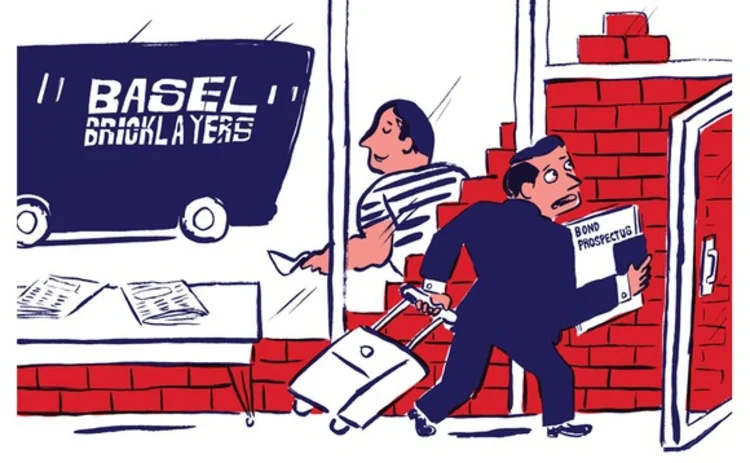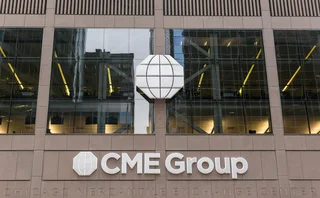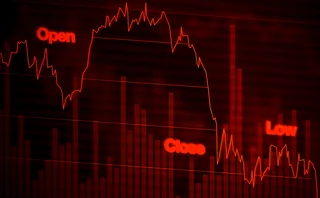
Risk 25: How Basel III is turning borders into barriers
Increasing prices on cross-currency swaps as a result of Basel III’s credit value adjustment charge are making it harder for companies to issue bonds overseas – this is just one example of the fragmentation of global capital markets

Globalisation has produced some powerful icons – the golden arches of McDonalds glowing in more than 100 countries, the Asian and European car plants clustered in Mexico and the southern states of the US, and the US-invented iPhone assembled in China from components made in a host of other countries. But underpinning these developments is a less visible force – the global capital markets that give companies the ability to issue foreign currency bonds and swap the proceeds back into domestic
Only users who have a paid subscription or are part of a corporate subscription are able to print or copy content.
To access these options, along with all other subscription benefits, please contact info@risk.net or view our subscription options here: http://subscriptions.risk.net/subscribe
You are currently unable to print this content. Please contact info@risk.net to find out more.
You are currently unable to copy this content. Please contact info@risk.net to find out more.
Copyright Infopro Digital Limited. All rights reserved.
As outlined in our terms and conditions, https://www.infopro-digital.com/terms-and-conditions/subscriptions/ (point 2.4), printing is limited to a single copy.
If you would like to purchase additional rights please email info@risk.net
Copyright Infopro Digital Limited. All rights reserved.
You may share this content using our article tools. As outlined in our terms and conditions, https://www.infopro-digital.com/terms-and-conditions/subscriptions/ (clause 2.4), an Authorised User may only make one copy of the materials for their own personal use. You must also comply with the restrictions in clause 2.5.
If you would like to purchase additional rights please email info@risk.net
More on Markets
High CNH rates curb appetite for Hong Kong’s new repo scheme
Dealers remain hopeful initiative is a prelude to full onshore repo market access
CME-FICC cross-margin programme sees increased demand
Joint arrangement aids netting, reduces clearing costs and increases capacity
JP Morgan QIS notionals hit $100bn
Dealer sees 15% annual growth in ‘imperfect’ notional measure, eyes rates and FX for next phase
Can Europe prepare ground for insurers in securitised products?
Convincing regulators to make investing more viable would be a first step to revitalising insurer interest
‘Trump slump’ hedges rise on rate cut fears
One dealer notes fivefold increase in number of clients hedging against possibility of faster rate cuts
Short-term Trump FX trades ‘dead’ as euro rallies
EUR/USD spot rally and vol spike sees mass unwinds of long USD trades
Disappearing dealer gamma spurs wild stock swings
Stock market selloff leaves dealers perilously close to peak short gamma positioning
German defence announcement hits steepener trades
Rapid euro curve flattening following Merz’s comments last week caught out a number of hedge funds, say dealers







